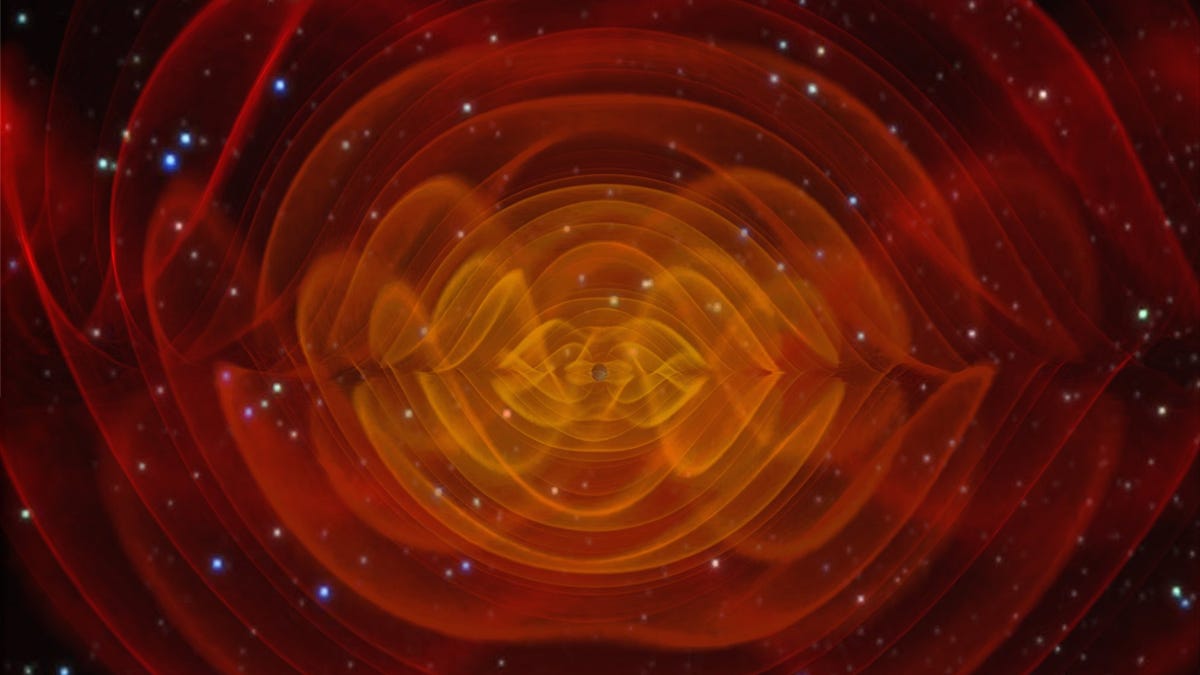When black holes collide: Scientists find second set of gravitational waves
For the second time, scientists have detected gravitational waves emanating from a collision between two black holes.
A massive collision between two black holes 1.4 billion light-years away has yielded a second set of gravitational waves for scientists with the Laser Interferometer Gravitational-Wave Observatory (LIGO).
The news, announced Wednesday, comes just a few months after LIGO scientists announced the world's first direct evidence of gravitational waves, and a century after Albert Einstein first described them in his General Theory of Relativity. The paper has been accepted for publication in the journal Physical Review Letters.
The first gravitational waves were detected on September 14, 2015, just three days after the LIGO facility was turned back on after a five-year upgrade to make the instrumentation more sensitive.
The second set of gravitational waves was detected on December 26, 2015. The researchers then spent time studying the data and writing the paper before announcing the discovery.
"This has cemented the age of gravitational wave astronomy," said LIGO researcher Susan Scott of the Australian National University School of Physics and Engineering in Canberra. "This shows data is going to flow, that will enable us to map a lot more of the universe than we've seen before."
The collision took place 1.4 billion years ago in a small galaxy far, far away between a black hole eight times the mass of the sun and one 14 times the mass of the sun. LIGO captured the two objects orbiting each other 27 times before merging into a black hole 21 times the mass of the sun.
Because the black holes were smaller than the first detection, they spent a longer time in the detectors' sensitive band. The signal lasted 10 times longer -- about a second -- than the September collision's signal.
Animation demonstrating the gravitational waves caused by a binary orbit.
The gravitational waves first reached the LIGO detector in Louisiana. A mere 1.1 milliseconds later -- way too fast to have been caused by an earthquake -- it reached the LIGO detector in Washington state. (You can watch a video that demonstrates how LIGO's interferometers detect gravitational waves here.)
The signal was minute, too small to be immediately seen among the background noise. However, a supercomputer tasked with identifying gravitational wave signals found it just 70 seconds later.
The arrival time of the waves between the two detectors allows the rough position of their origin to be determined. The addition of a third, and even a fourth, detector would enable triangulation, and much more accurate measurements to the location of gravitational wave sources.
This new event "has truly put the 'O' for Observatory in LIGO," said LIGO Laboratory Deputy Director Albert Lazzarini of Caltech.
"With detections of two strong events in the four months of our first observing run, we can begin to make predictions about how often we might be hearing gravitational waves in the future. LIGO is bringing us a new way to observe some of the darkest yet most energetic events in our universe."


